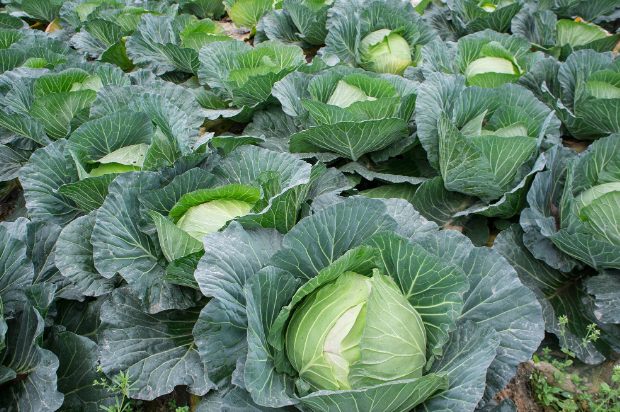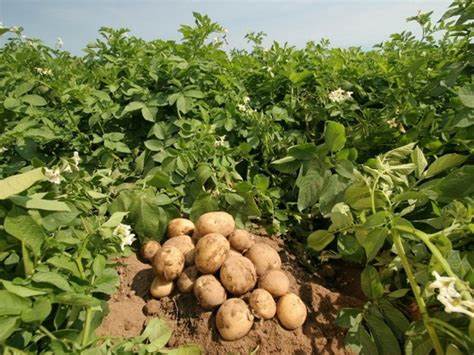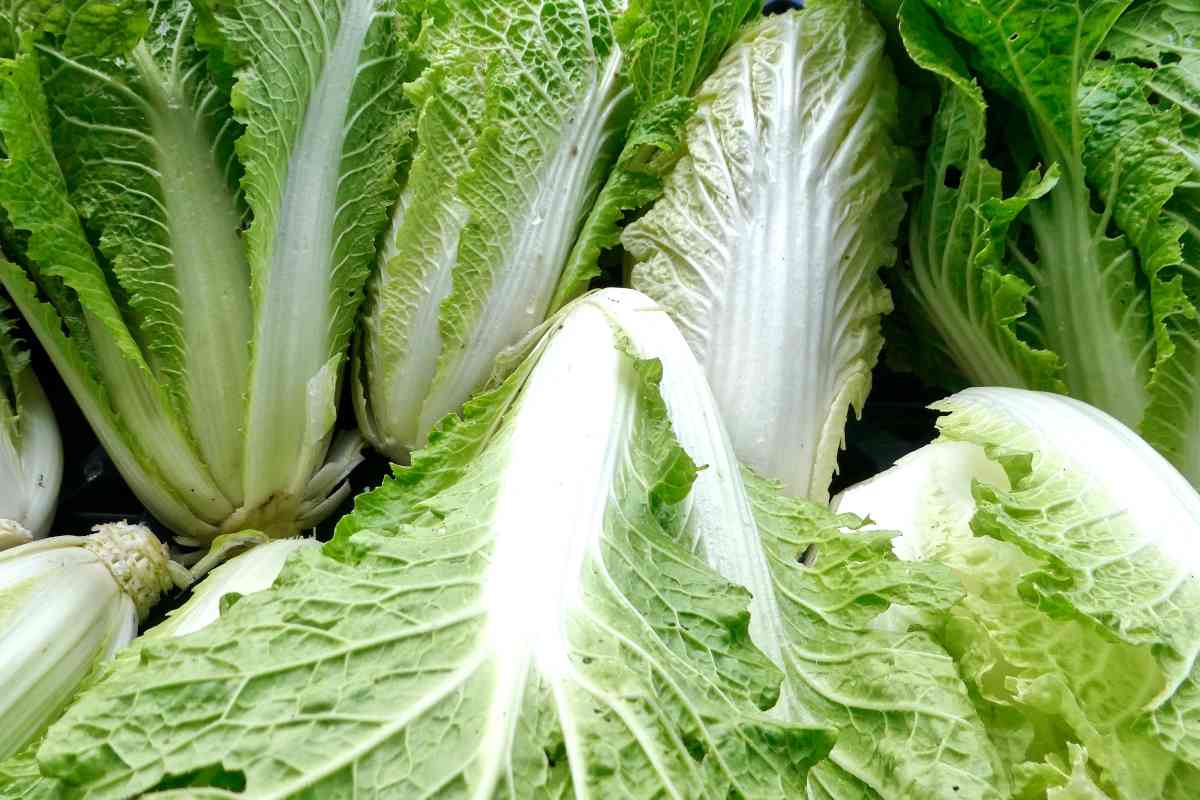GROWING CABBAGES FROM SOWING TO HARVEST

- Musa Silumesii
- 16 Oct, 2023
Growing Cabbages from Sowing to Harvest
For lots of gardeners a vegetable plot isn't complete without that ever-dependable staple: cabbage! Shredded into a slaw, stir-fried, steamed or baked, there's not much you can't do with cabbage. And with a little planning it's even possible to enjoy cabbages year round, by planting a carefully curated succession of varieties suited to each season.
So here's how to do it!
Types of Cabbage
There's a fantastic range of cabbage varieties to choose from, offering different shapes, colors and textures.Cabbage heads, or hearts, can be rounded or conical, with leaves that are light green, dark green, red or purple. Red cabbages are popular for braising or pickling.
Some types have a smooth, almost glossy appearance, while others like the Savoy cabbage produce deeply crinkled leaves that are perfect for mopping up sauces or gravy.
Cabbages are grouped according to when they're harvested. Spring cabbages, which may also be harvested as young as ‘spring green’, late spring. Summer cabbages crop from simmer into early autumn, while fall cabbages and winter varieties cover the remainder of the year.
Savoy cabbages have a long harvest period stretching from autumn all the way through winter to early spring.
Where to Grow Cabbage
Many cabbage varieties are incredibly hardy and will tolerate below freezing temperatures. For the healthiest growth they need an open, sunny site and rich soil. A bed improved with compost or well-rotted manure is ideal for these hungry feeders, who will appreciate a further boost in the form of an organic general-purpose fertilizer raked into the ground at planting time.
In a traditional crop rotation cabbages follow on from peas or beans, which naturally lock nitrogen away at their roots. Left in the ground when the crop is cleared, these roots will help to feed the cabbages that follow.
Unless your soil is naturally alkaline, sprinkle garden lime onto the soil either after you've dug it over, or rake it in at planting time.
How to Sow Cabbage
Cabbages may be started off in an outdoor seedbed to transplant once they're bigger, or under cover into modules or pots, which also enables an earlier start to the season.
Their roots prefer firm soil, so prepare seedbeds by treading on the ground in a shuffling motion before raking to a fine tilth for sowing. When you sow depends on what type of cabbage you're growing.
Summer cabbages are the first to be sown, in mid spring, followed by autumn and winter types later on in spring. Spring cabbages are sown from the second half of summer to harvest the following year.
Mark out drills about half an inch (1cm) deep and six inches (15cm) apart. You can use a string line to insure nice, straight rows. Sow the seeds thinly along the row then cover over and water.
Keep the soil moist. Thin the seedlings once they're up to one every couple of inches (5cm). Under cover, start seeds off in plug trays of allpurpose potting soil.
Sow two to three seeds per cell about half an inch (1cm) deep. After they've germinated, thin to leave just one seedling per cell. Or sow into trays or pots then transfer the best seedlings into individual cells or pots to grow on.
Transplanting Cabbage
The seedlings are ready to transplant about six weeks after sowing, by which time they should have grown at least three to four adult leaves. Make sure spring cabbages are transplanted no later than early fall, so they can establish before winter bites.
Plant your seedlings into prepared ground. Leave about 18in (45cm) between each seedling.
Additional rows of spring or summer cabbage should be set around the same distance apart, while fall and winter types need a little more space between rows – about two feet (60cm) is ideal.
Firm your cabbages into the ground well, then water generously to settle the soil around the roots. Seedlings transplanted from a seedbed should be lifted up with as much soil around their roots as possible.
This avoids unnecessary root disturbance, helping the seedlings to quickly adapt to their new growing position positions.
Caring for Cabbage
Cabbages are prone to attack from pigeons and caterpillars of the cabbage white butterfly, also known as cabbage worms. Wire mesh will protect seedlings against pigeons, but to stop butterflies from laying their eggs on the leaves, its best to use netting during the summer months.
Another clever technique is to grow nasturtiums close by as a sacrificial crop, also known as a trap crop. Caterpillars prefer nasturtiums, so they'll be more likely to eat these instead of your cabbages. Mint can be used to help deter flea beetles. Continue to water cabbages as they grow. Ensure they have all the space and nutrients they need by carefully weeding between plants with a hoe or by hand. Winter cabbages are very hardy but during exceptionally cold weather they may need some form of cold protection such as a row cover tunnel or cloche. In very cold regions, growing cabbages in a greenhouse or cold frame is a great way to guarantee a winter-safe crop.
How to Harvest Cabbage
Use a sharp knife to cut your cabbages once the heads have firmed up. Savoy and other winter cabbages benefit from a light frost to bring out their flavor. Spring cabbages may be harvested young and loose as greens for repeated cutting, or left to grow on to form a tight head of leaves.
Either way is totally delicious!
Leave a Reply
Your email address will not be published. Required fields are marked *
.jpg)












